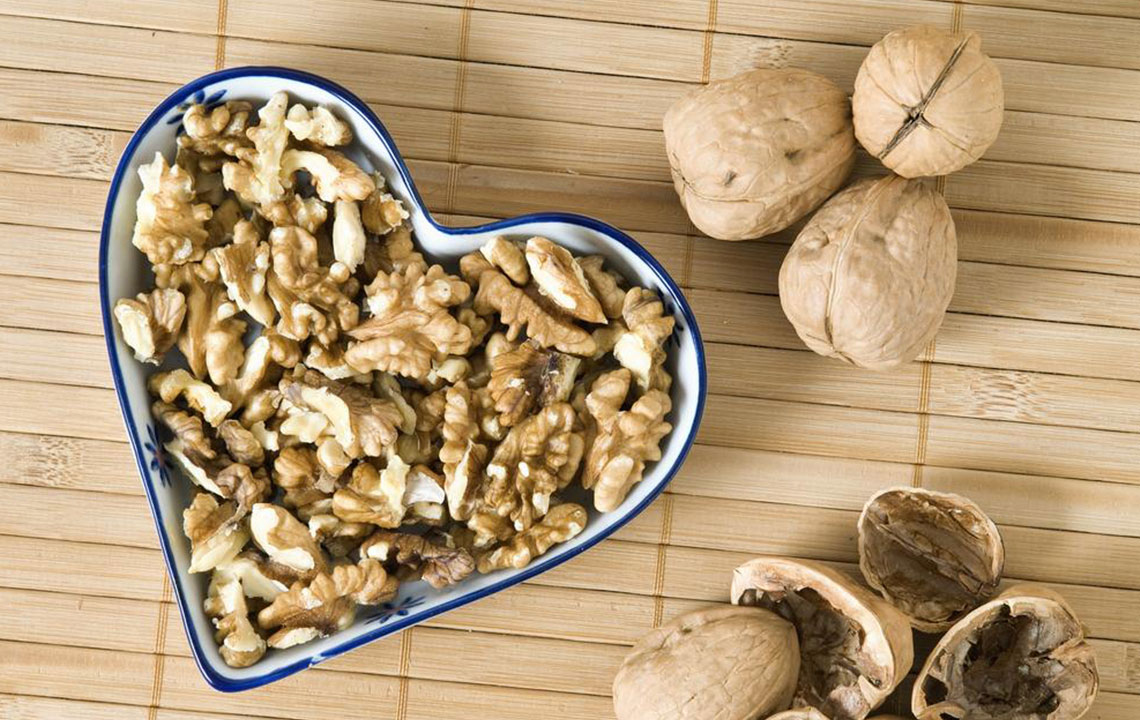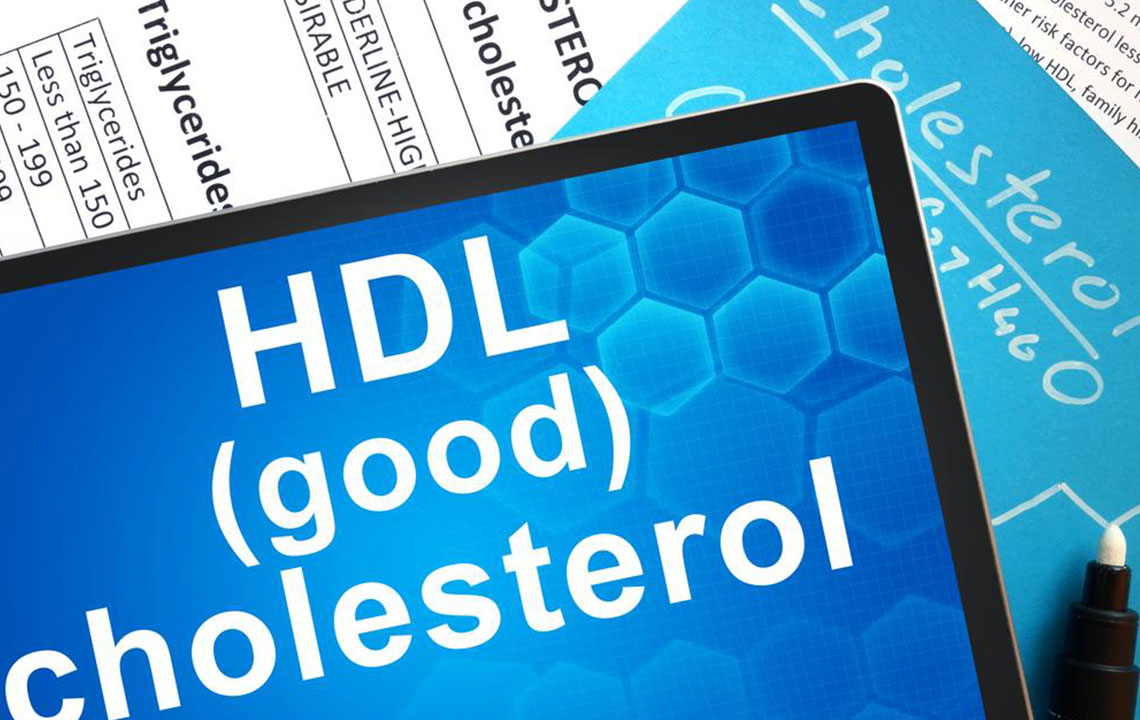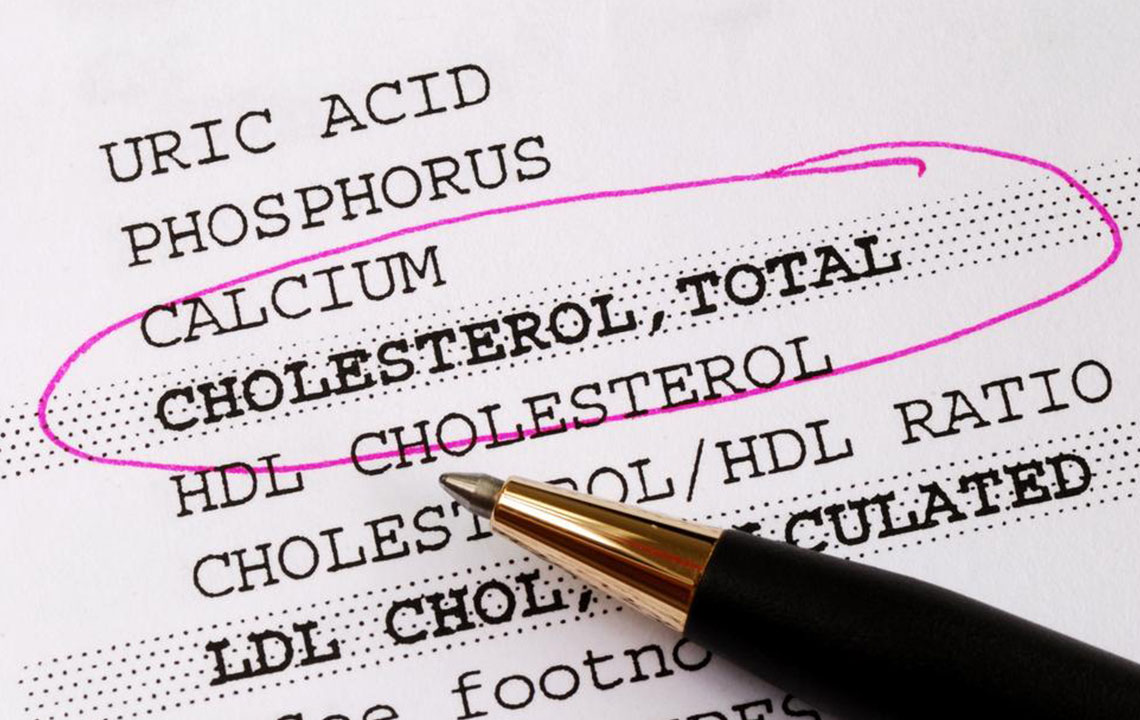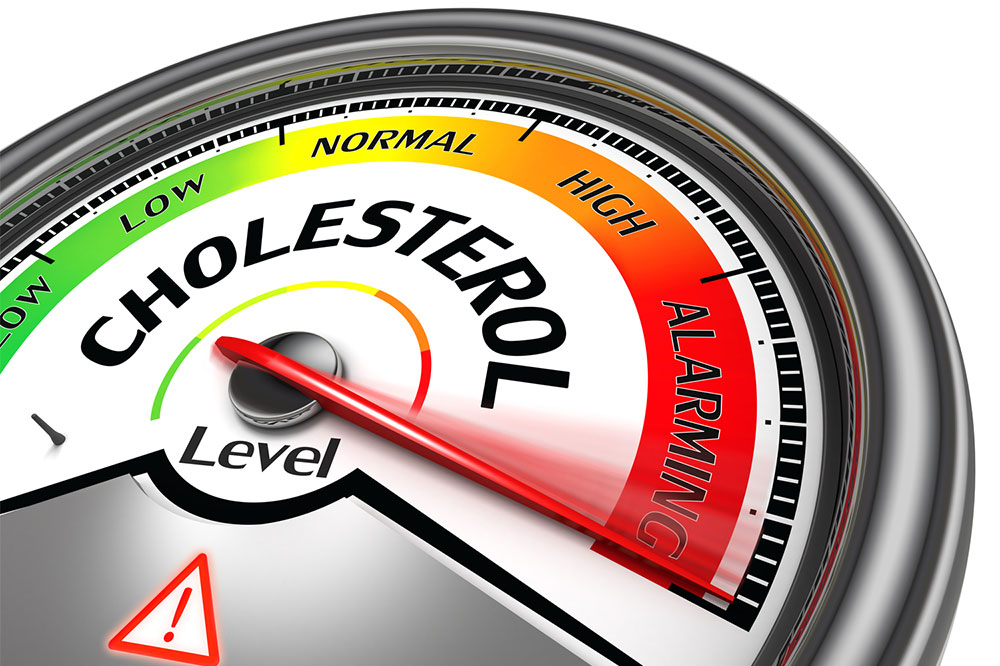Understanding the Key Differences Between Good and Bad Cholesterol
Learn the essential differences between HDL and LDL cholesterol, their roles in heart health, and how maintaining balanced levels can prevent serious conditions like heart attacks and strokes. Understanding these can guide lifestyle choices and treatments for better cardiovascular health.
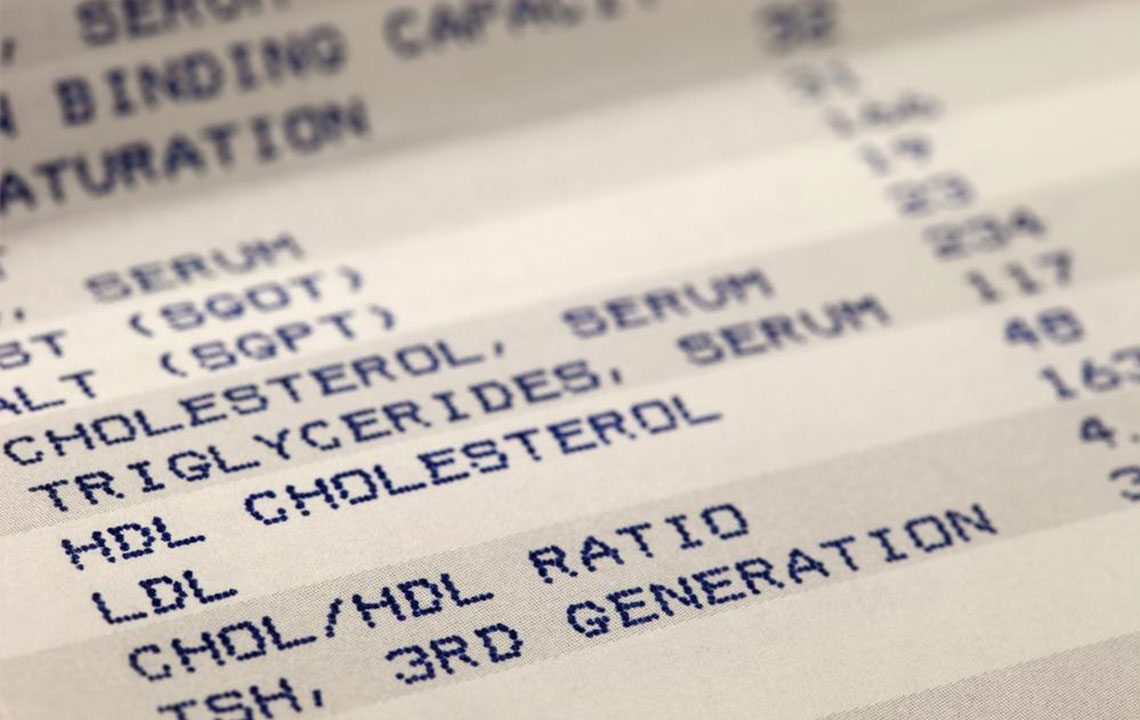
Understanding the Key Differences Between Good and Bad Cholesterol
Many believe cholesterol is solely harmful, but it actually plays vital roles such as aiding vitamin D production and assisting digestion. Excess cholesterol, however, is detrimental and often signifies underlying liver issues, requiring medical intervention.
Cholesterol is classified into LDL (low-density lipoprotein) and HDL (high-density lipoprotein). HDL helps transport cholesterol to the liver for removal, preventing buildup. Conversely, LDL deposits cholesterol in arteries, increasing the risk of blockages, heart attacks, and strokes. Maintaining optimal levels of each is essential for cardiovascular health.
HDL vs LDL Functions: HDL clears excess cholesterol from the bloodstream, while LDL contributes to arterial plaque formation.
Optimal HDL levels should be at least 55 mg/dL for women and 45 mg/dL for men. LDL should be kept below 100 mg/dL to reduce health risks. Balancing these levels through lifestyle choices and medical guidance promotes heart health and overall well-being.
Note: This information is for educational purposes only. Always consult qualified healthcare providers for medical advice, diagnosis, or treatment regarding cholesterol or related health issues.


